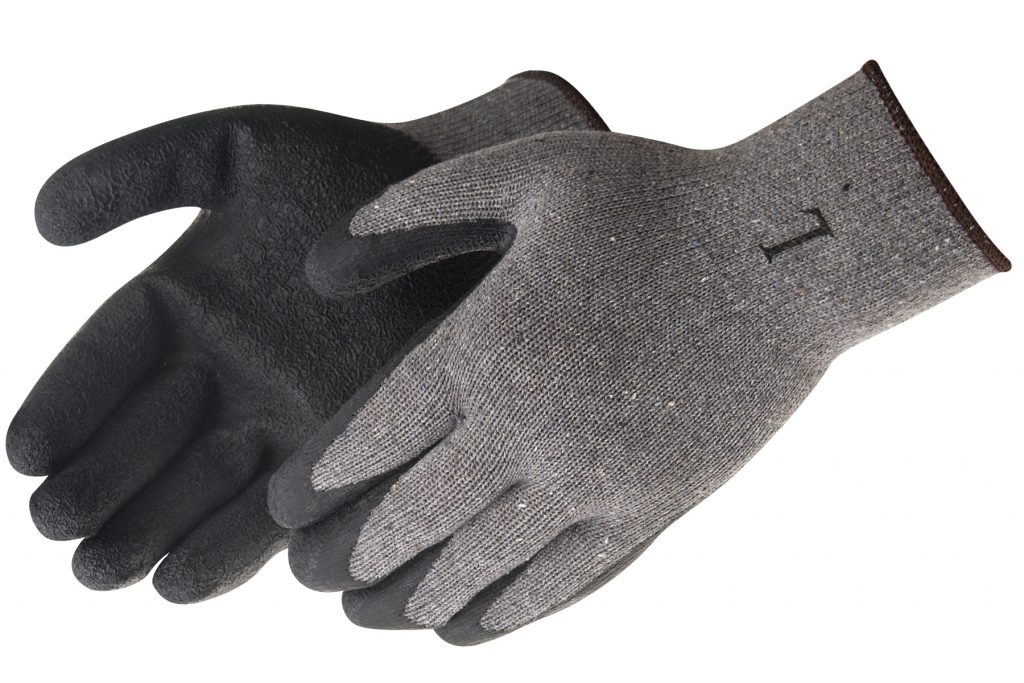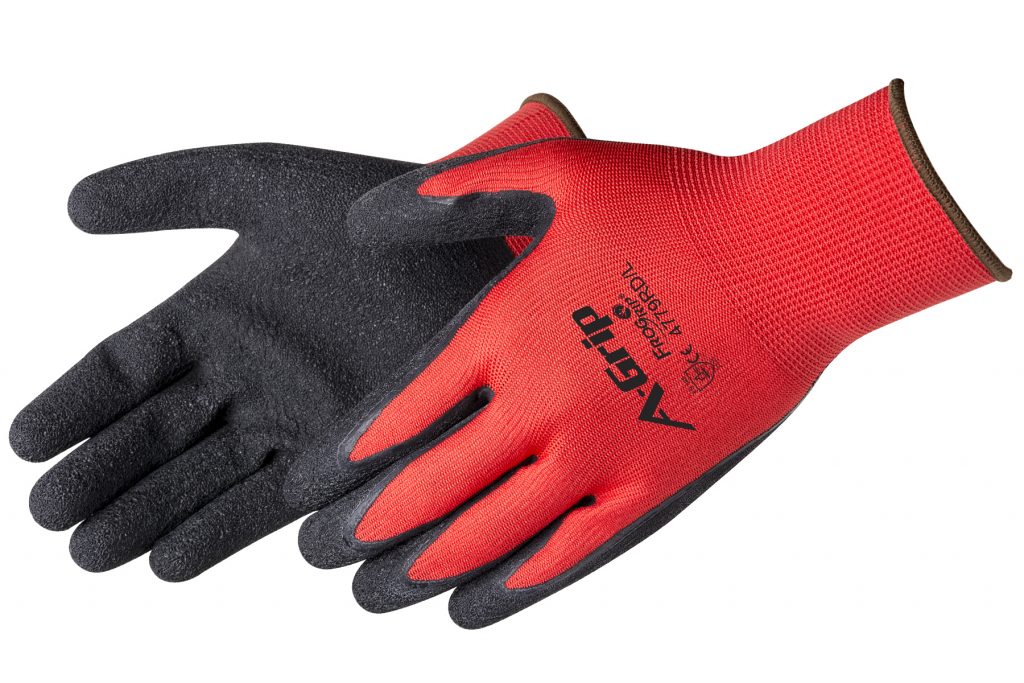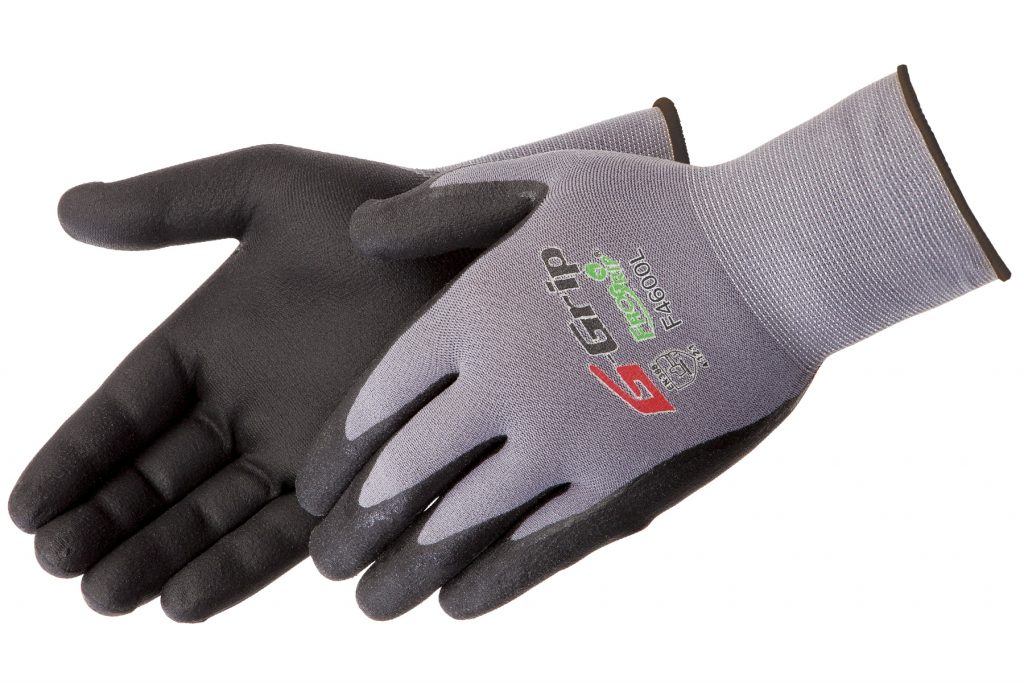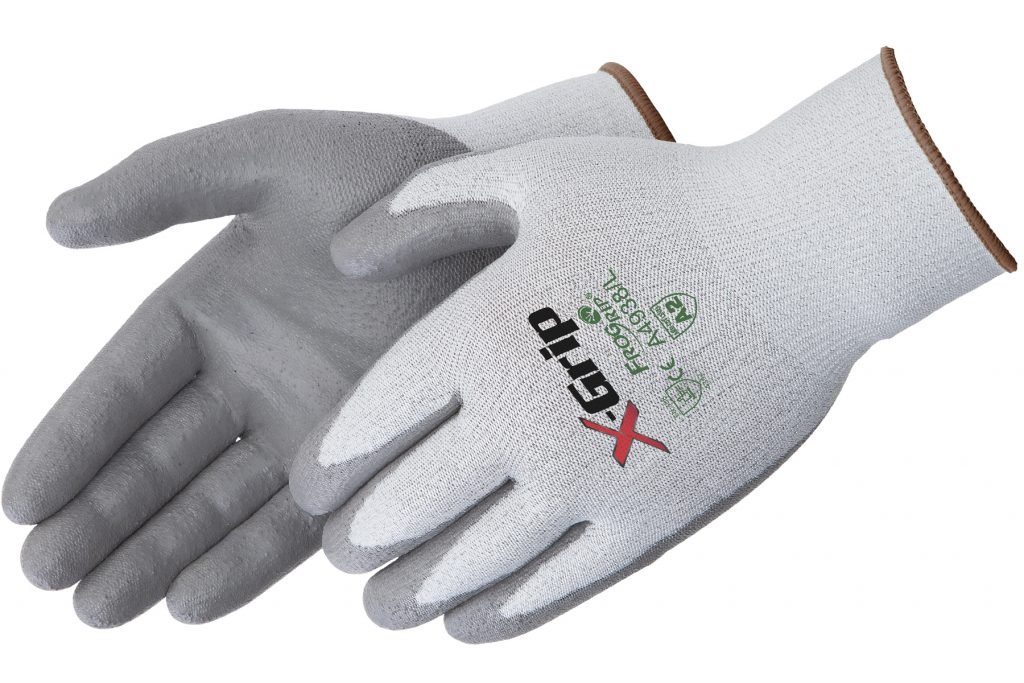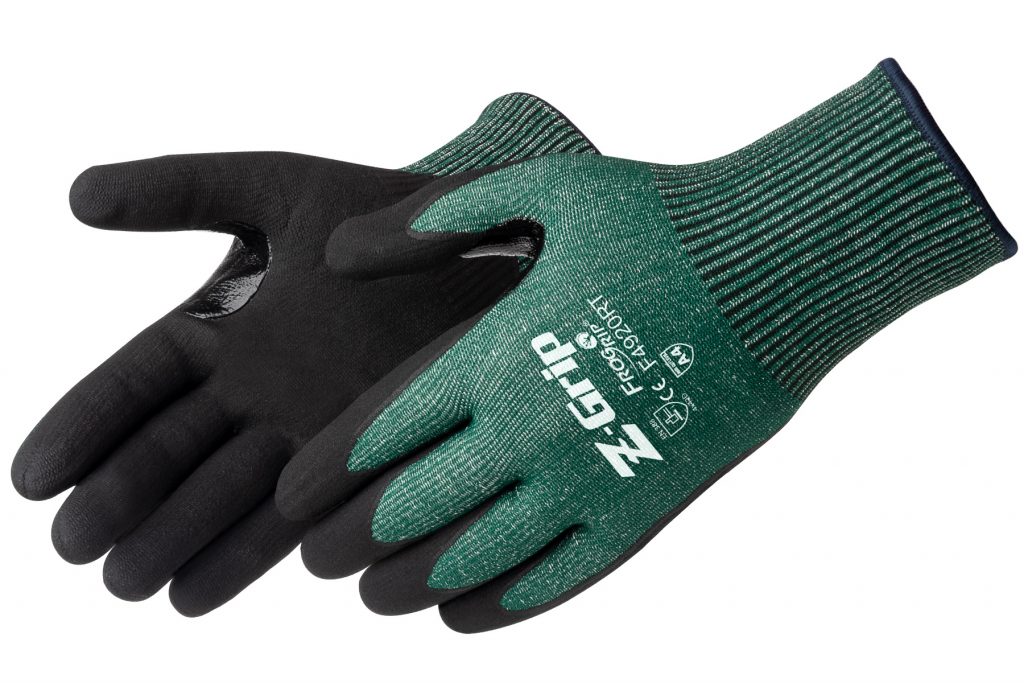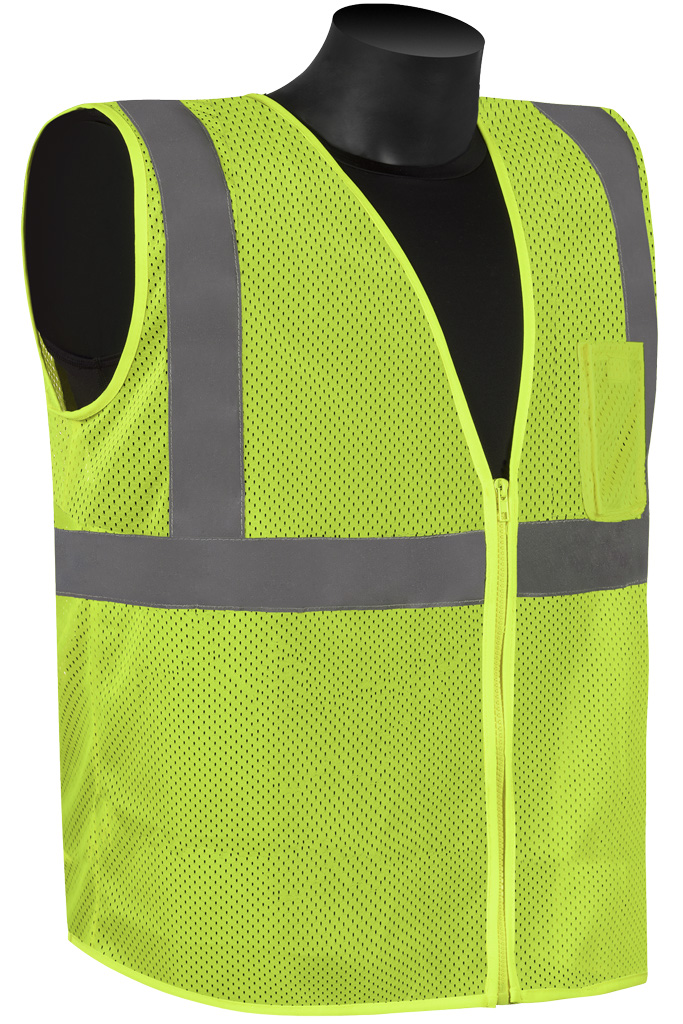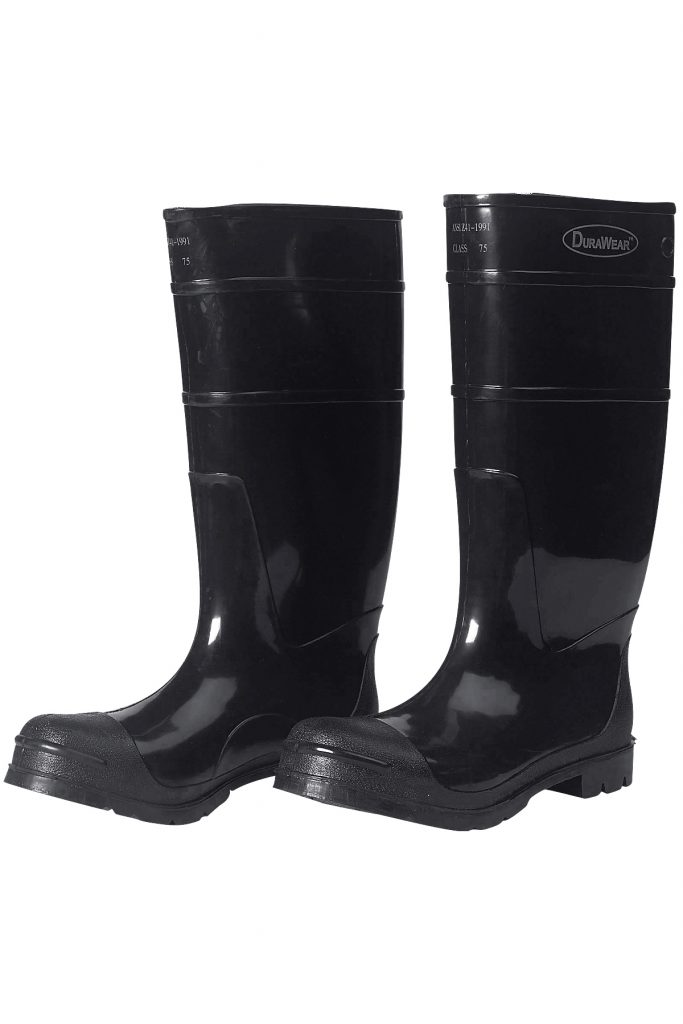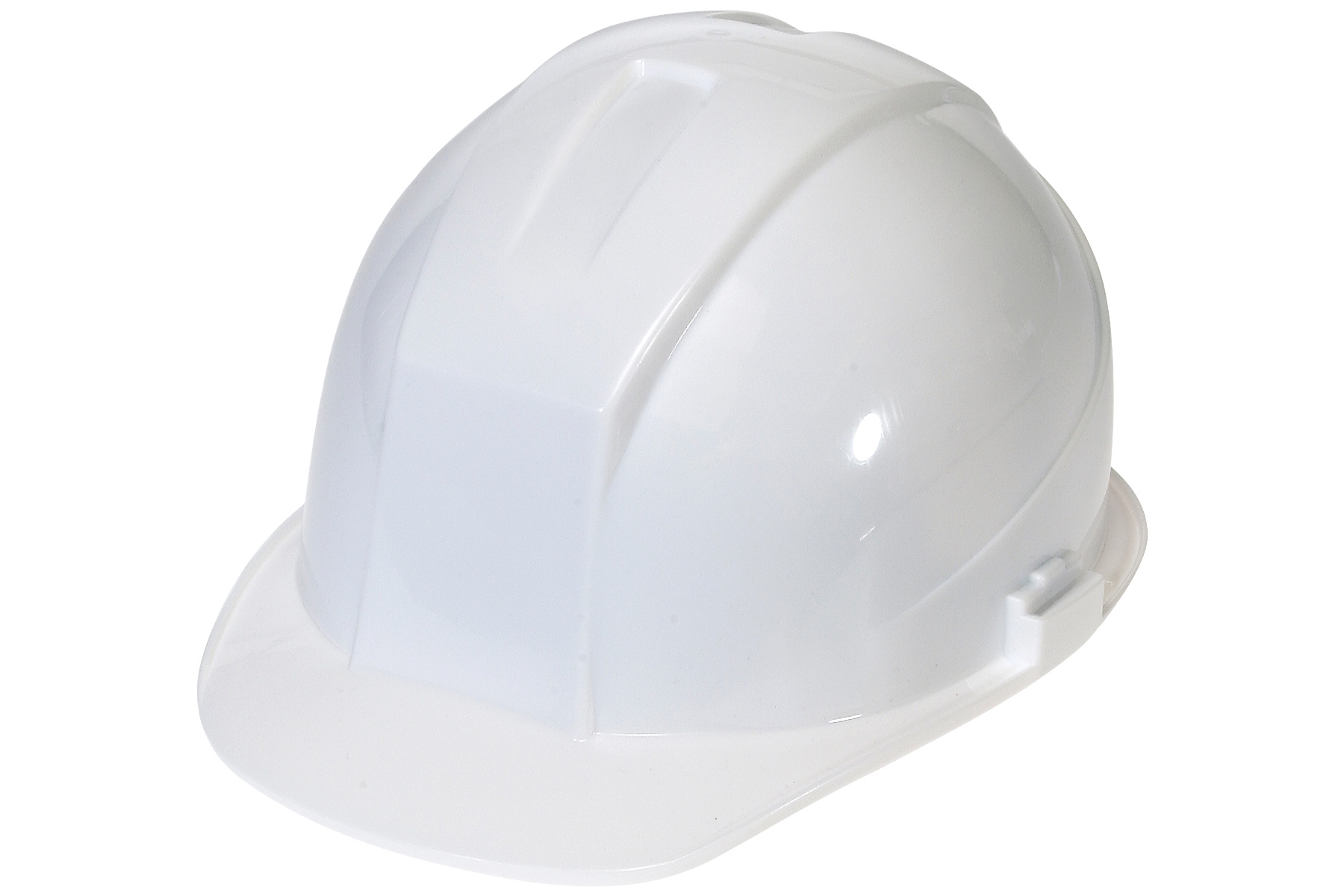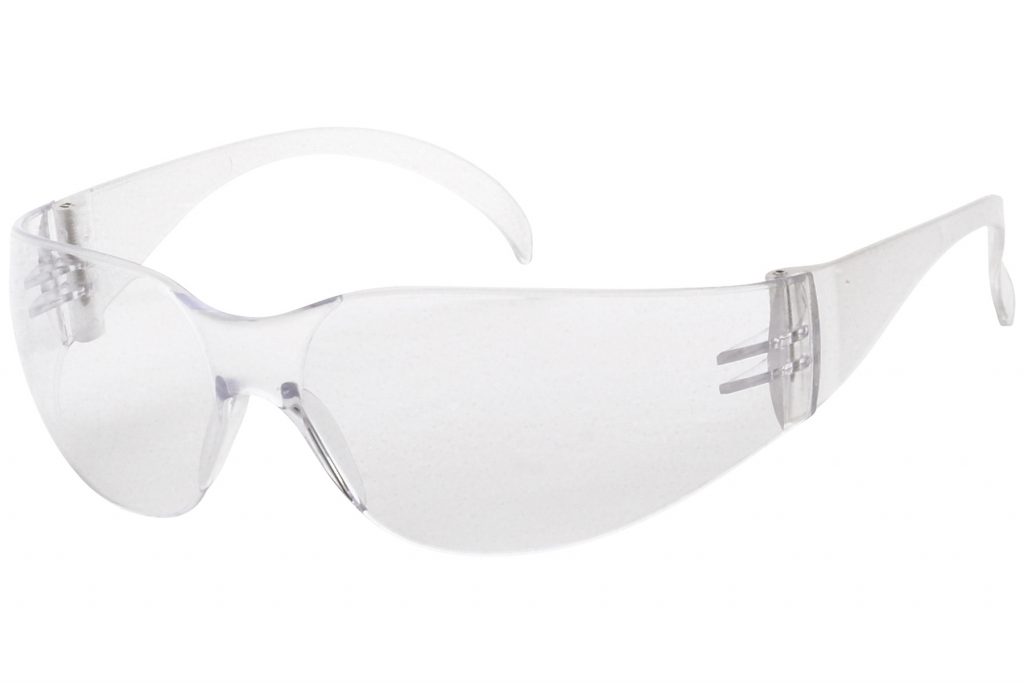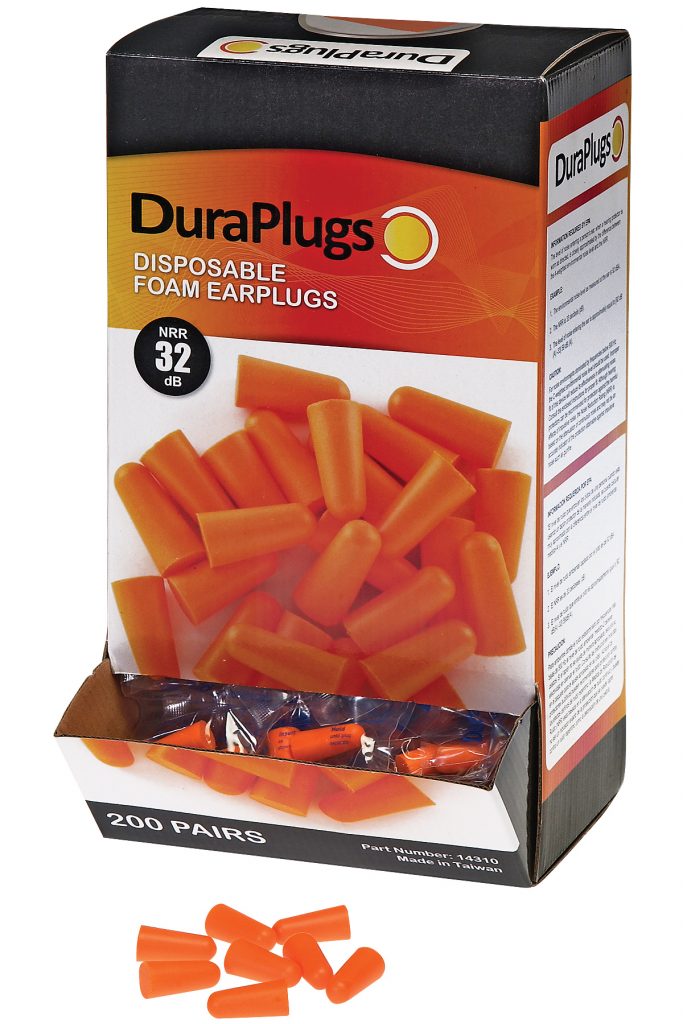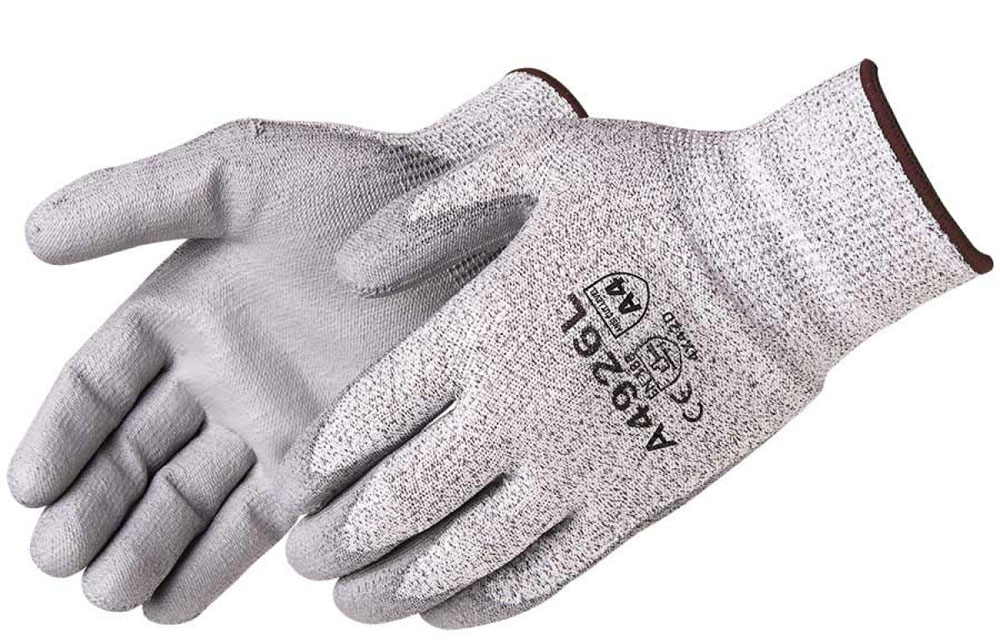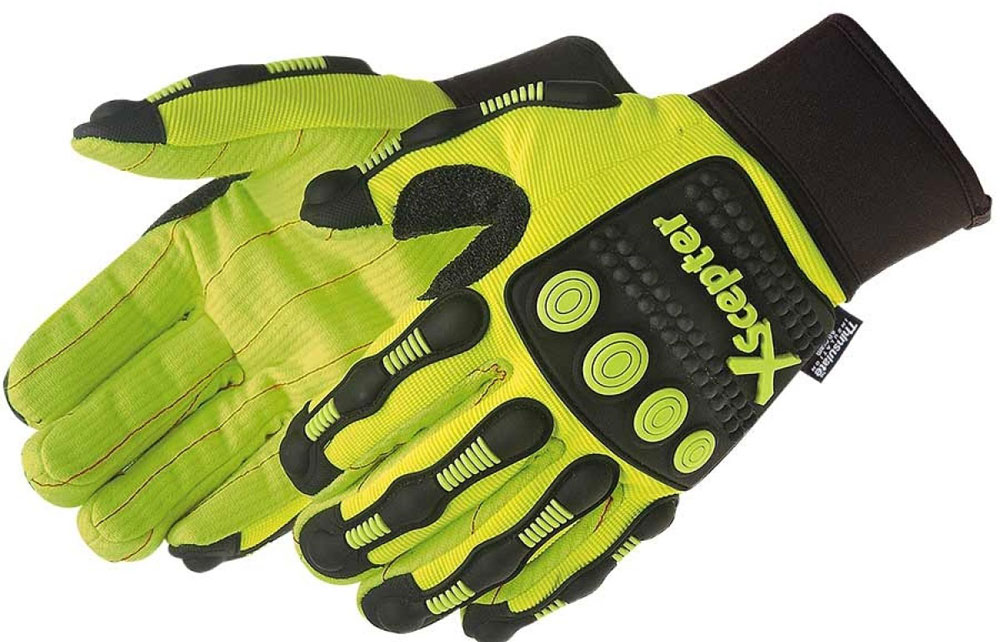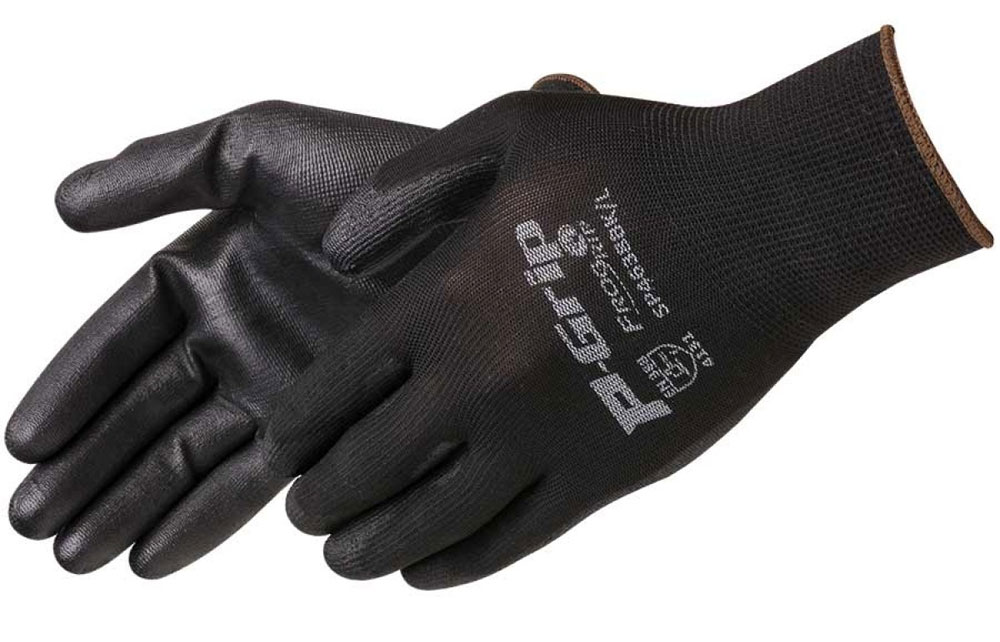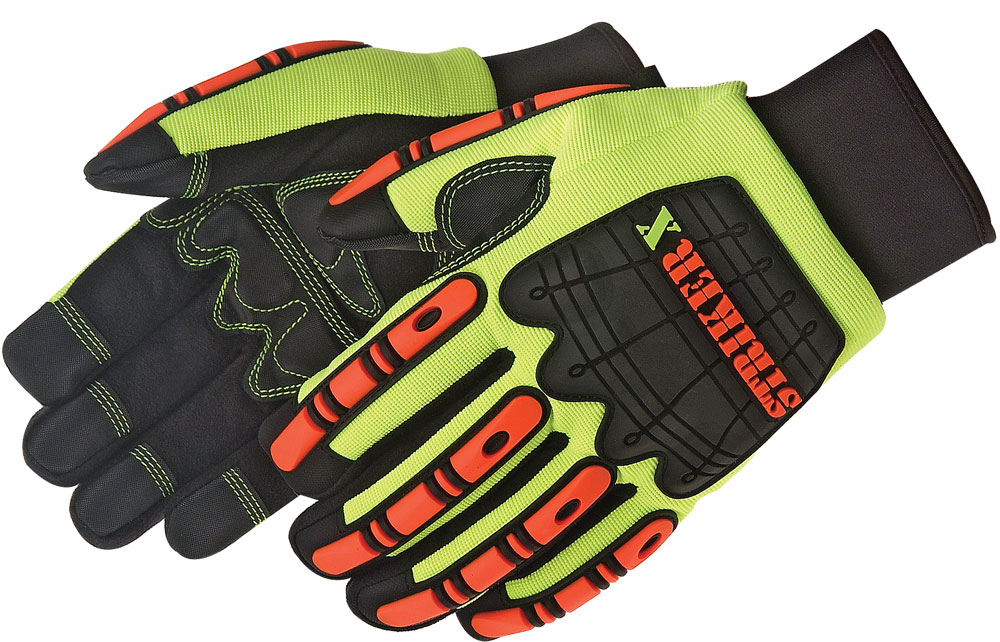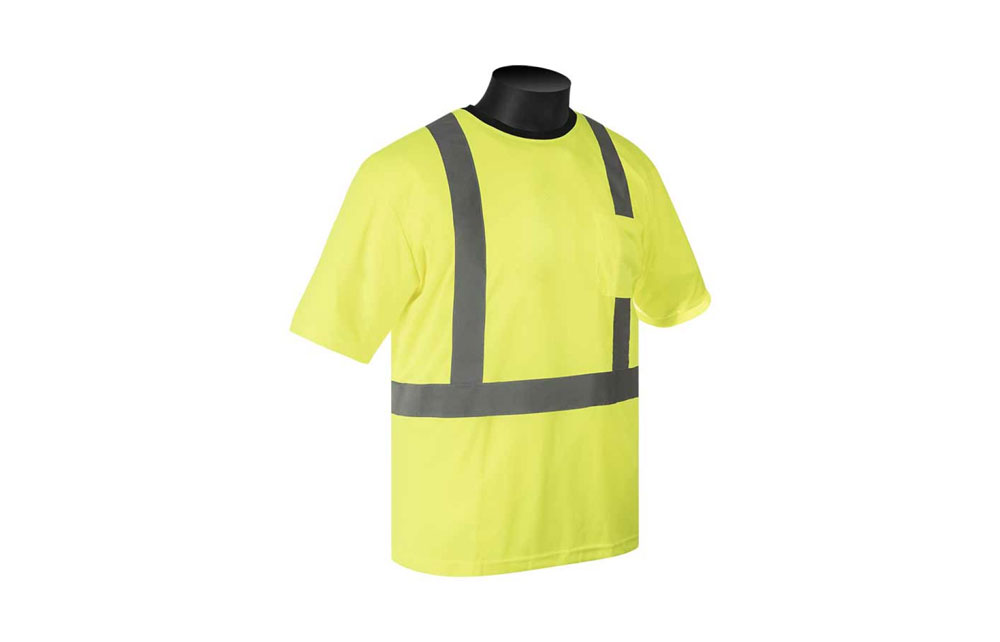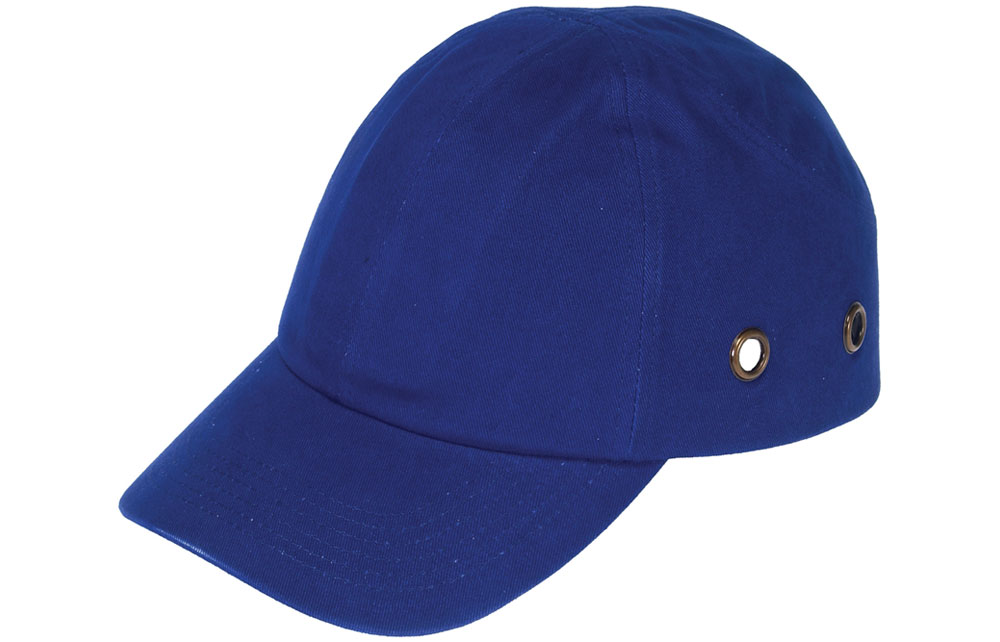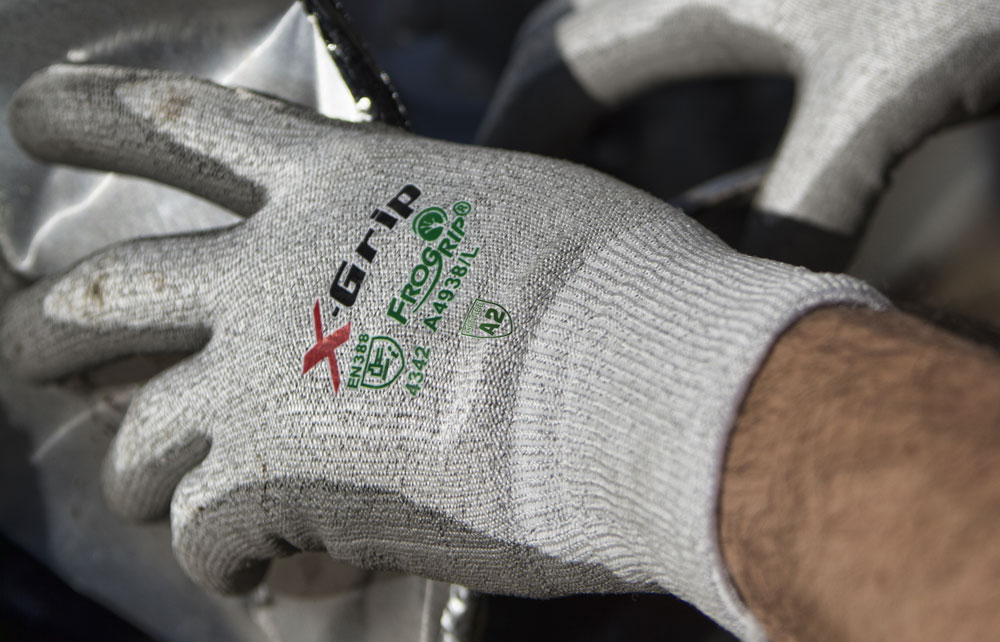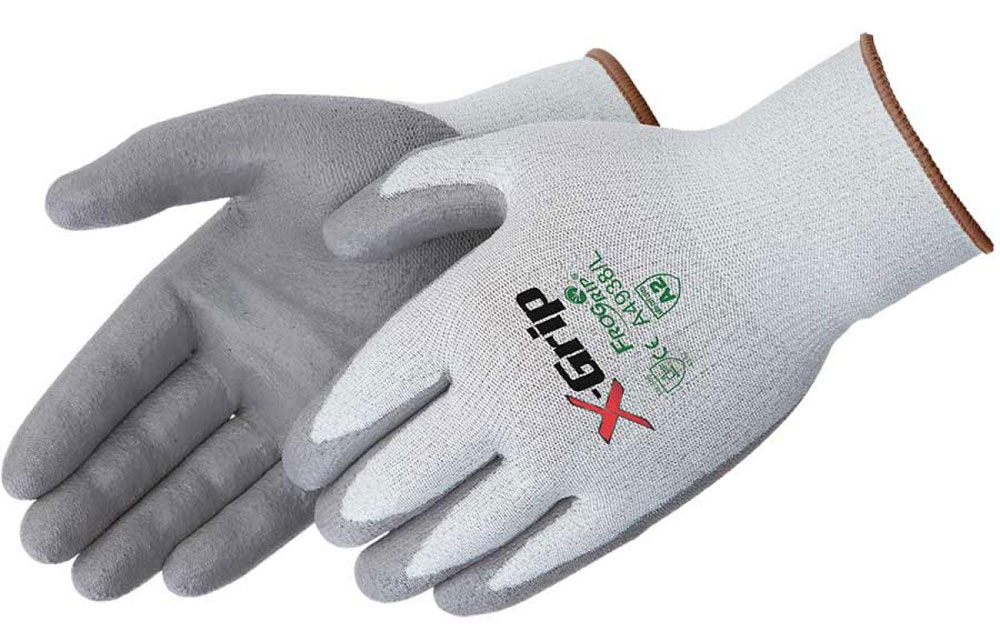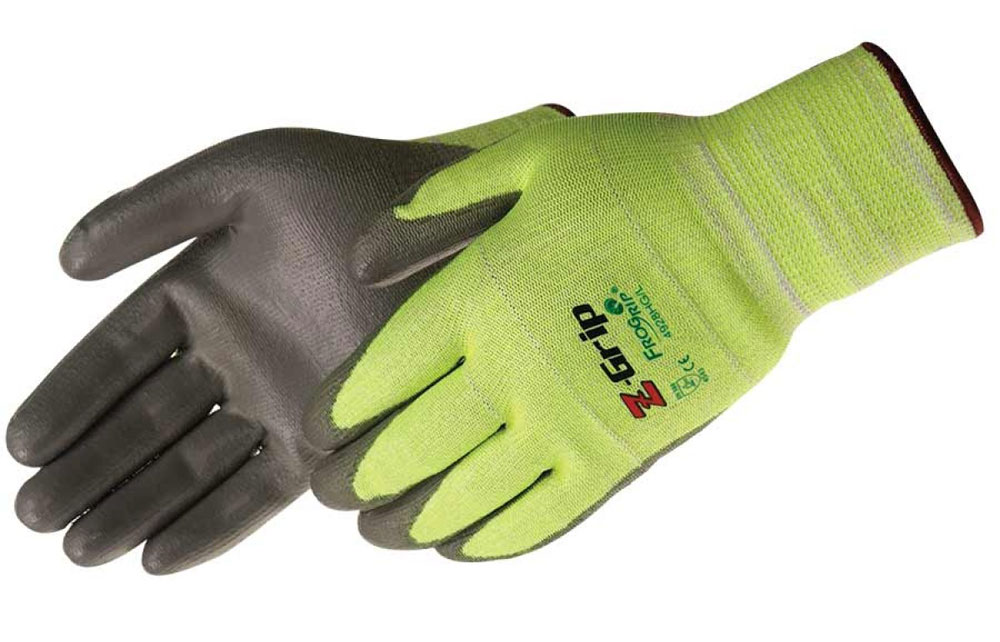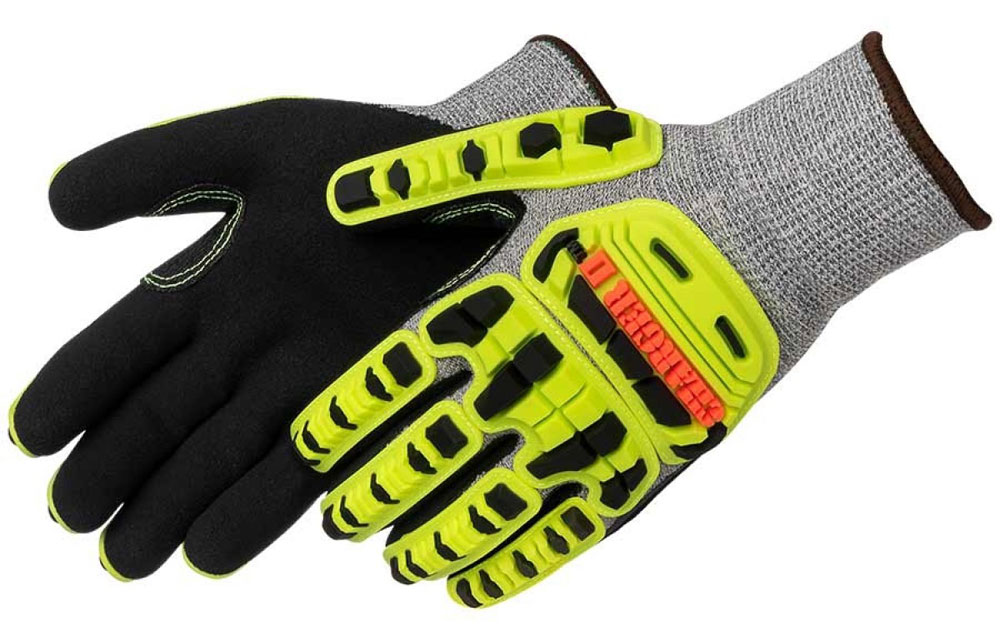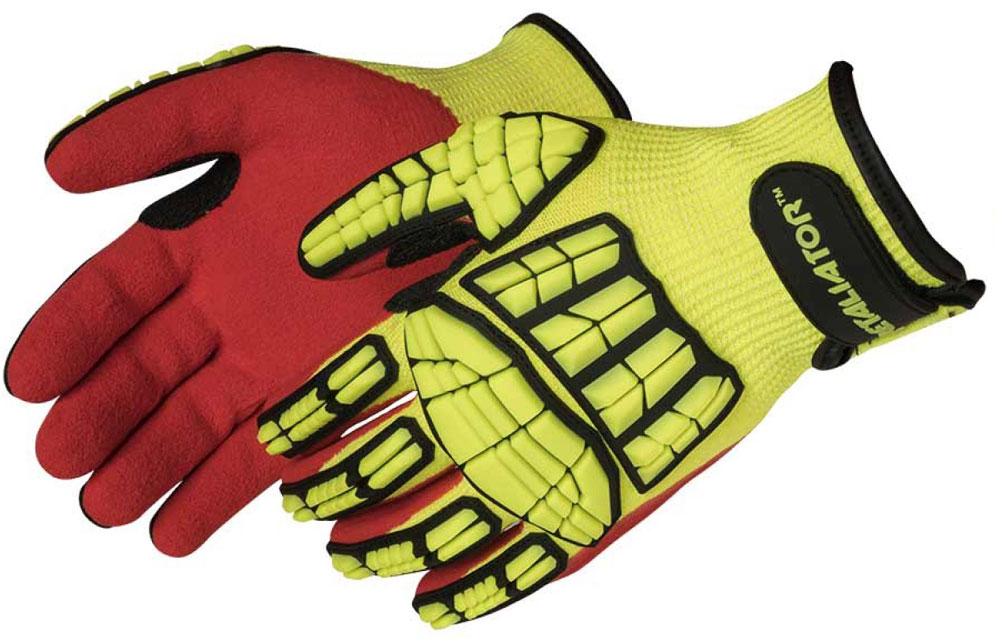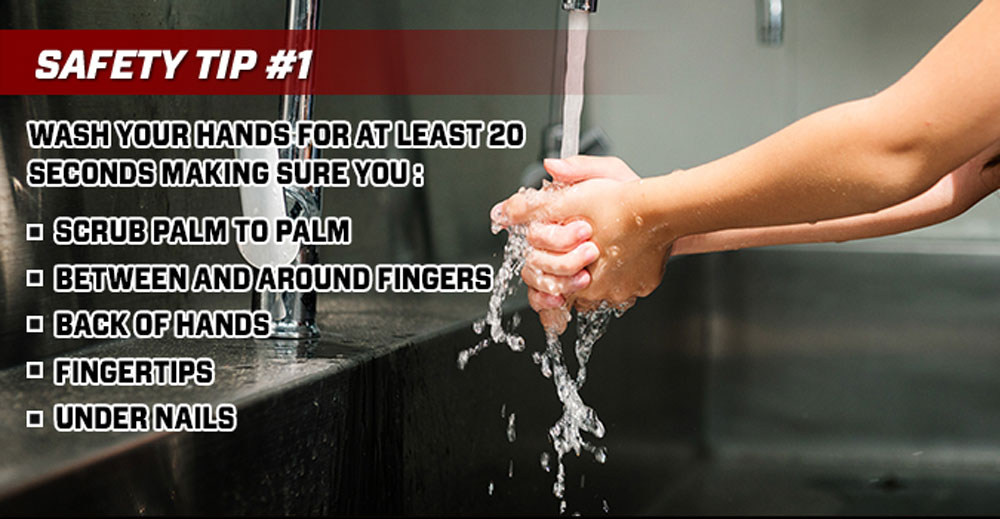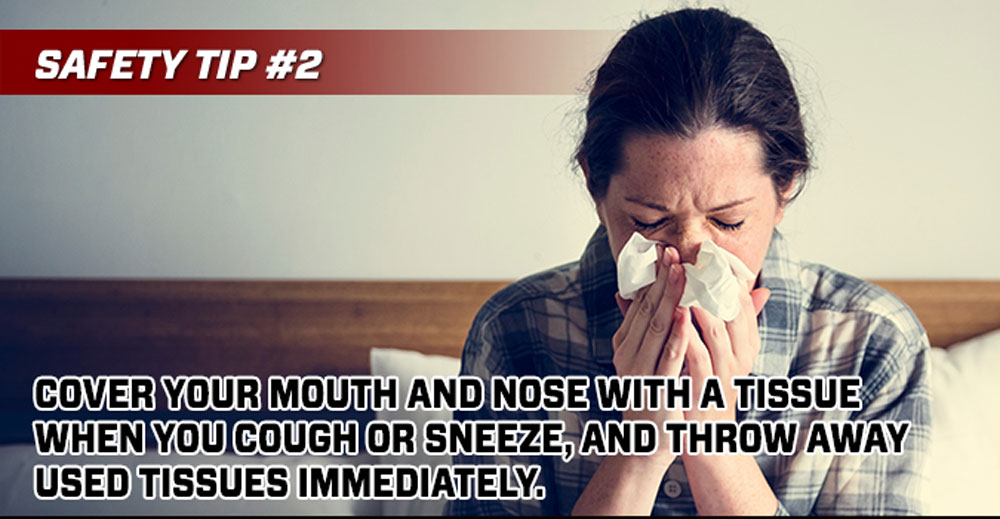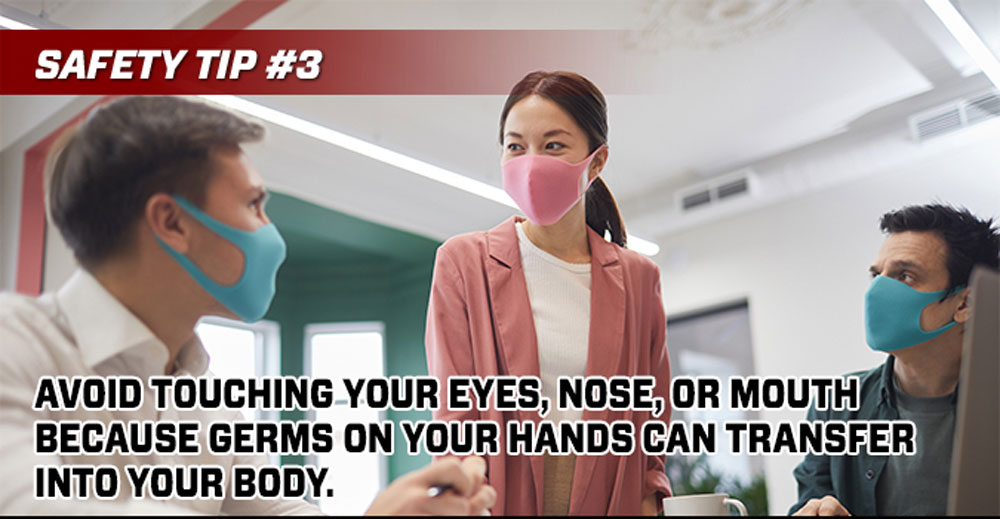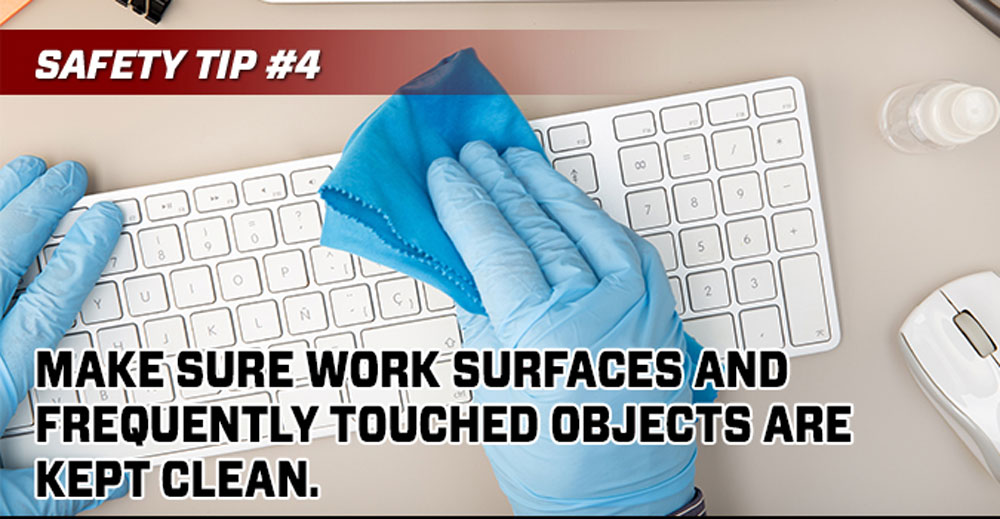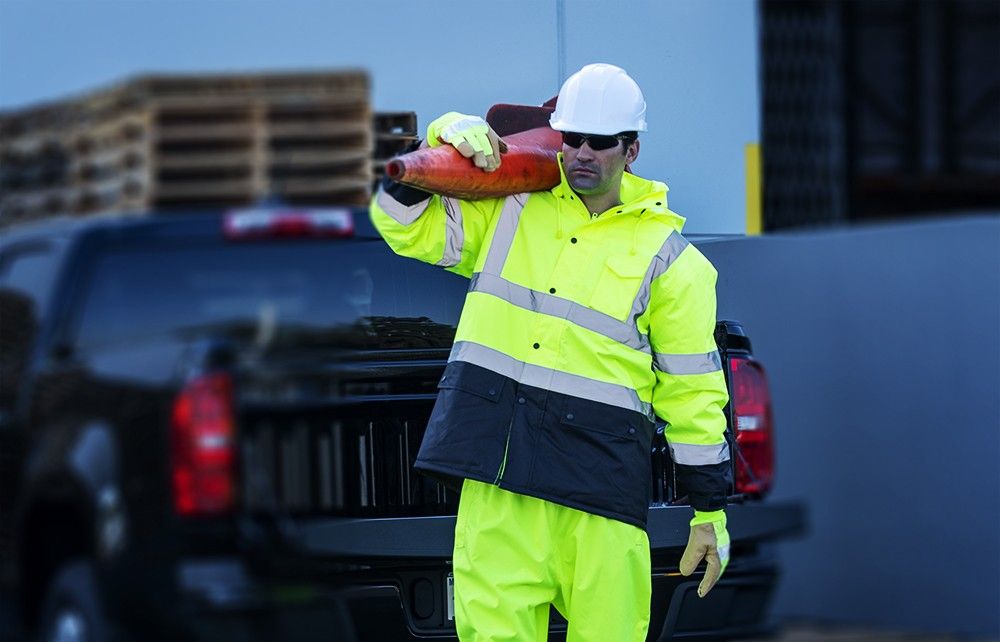
Liberty Glove and Safety (LGS) is a complete head-to-toe safety expert. Committed to providing exceptional safety solutions, we are excited to release our Top 10 Selling Products of 2020. In this list, you will find personal protective equipment (PPE) products that you need to replenish, don’t miss out.
Top 10 Selling Products of 2020
4729SP Coated Seamless Gloves
Our 4729SP Coated Seamless Gloves are one of our most cost-saving solutions in our product line. These gloves have a 10-gauge seamless knit shell with textured latex palm coating and handle protein-based oil applications well. If you are looking for a price point solution, these gloves will have you covered. Available in sizes S-XL.
4779RD A-Grip™ Coated Seamless Gloves
Our 4779RD A-Grip™ Coated Seamless Gloves feature premium to standard latex coatings for palm and finger protection in dry working conditions. Our 4779RD have a textured finish design reducing hand fatigue for improved work performance and are extremely comfortable for prolonged wear. Available in sizes: XS-2XL.
F4600 G-Grip™ Coated Seamless Gloves
Our original F4600 G-Grip™ Coated Seamless Gloves are in such high demand, so we have expanded through the years into a full line of different coating for various types of working environments. These 15-gauge nylon/lycra shell gloves come with micro-foam coating for enhanced breathability and higher abrasion resistance without compromising the grip. Available in sizes: S-2XL
A4938 X-Grip™ Cut Resistant Gloves
Our A4938 X-Grip™ Cut Resistant Gloves are no strangers to the spotlight. These A2 cut level gloves come with a 13-gauge WoolTran™ shell and polyurethane (PU) palm coating. Since the shell has no fiberglass, these gloves do not cause hand irritation. These gloves are ideal for protection against cuts, abrasions, and a range of applications. Available in sizes: XXS-2XL.
F4920RT Z-Grip™ Cut Resistant Gloves
Our F4920RT Z-Grip™ Cut Resistant Gloves provide an ANSI A4 cut level, forest green seamless shell with a black micro-foam nitrile palm coating. Superior in comfort, this high tensile strength to weight ratio glove provides abrasion resistance and cut resistance. It also comes with a nitrile coating reinforced thumb crotch. This non-slip, breathable glove is what you need when tackling tough working environments. Available in S-2XL.
C16002QG HiVizGard™ Class 2 Safety Vest
Our C16002QG HiVizGard™ Class 2 Safety Vest is a hi-vis green poly mesh fabric vest with a front zipper closure and one outside pocket. Providing 2” silver reflective stripes horizontally and vertically, this vest provides the high-visibility needed in low light environments. You can also find this safety vest in orange and with a black bottom. Available in S-6XL
1550 Plain Toe PVC Boots
From our DuraWear™ foot protection product line, our 1551 Plain Toe PVC Boots are our most popular over-the sock safety boots preventing injuries from falling objects, slips and falls. These 16” length boots are made of 100% PVC and provide a bar cleat outsole. This non-slip boot is an excellent rain boot in outside working environments. Available in sizes 5-15. Looking for more foot protection coverage? Our 1551 Steel Toe PVC Boots maintain our 1550’s boot construction and adds a steel shank for toe protection. Available in sizes 5-15.
1404 DuraShell™ 4-Point Cap Style Hard Hats
Our 1404 DuraShell™ 4-Point Cap Style Hard Hats are essential in head protection. Available in assorted colors, these ANSI certified hard hats are made from high density polyethylene (HDPU) and provide a low-profile design. With every worker’s comfort in mind, we included interior pillowed pads, height adjustment, and rain trough for around-the-brim protection in hot and/or wet environments. We also have 6-point suspension and full brim hard hats in stock. Additional colors available. One size fits all.
Don’t forget, LGS offers custom services like pad printing, silk screen printing, vend pack, service hang tags, and more. Elevate your brand identity with custom printed products. Visit libertysafety.com/services to learn more about our custom services today.
1715 i-NOX™ F-I™ Clear Frame and Lenses
Our 1715 i-NOX™ F-I™ Clear Frame and Lenses feature polycarbonate temples and a single-piece wrap around lens. There are many tasks in a work site that can cause eye injuries. These lenses are scratch resistant and keep out debris. All our i-NOX™ safety solutions are ANSI compliant too. Available in many lens, frame, and coating variations. One size fits all.
14310 DuraPlug™ Uncorded Disposable Foam Ear Plugs
Our 14310 DuraPlug™ Uncorded Disposable Foam Ear Plugs are continuously a top hit at LGS. Individually wrapped for easy distribution, these super soft slow-recovery tapered shape ear plugs are the perfect for long wearing comfort. With a noise reduction rating (NPR) of 32 dB, they are also ANSI s3. 19-1974 compliant. Available in one size only.
And there you have it – LGS’ Top 10 Selling Products of 2020. Did you see products you already have? Or did you see some products you didn’t know we had and needed? Remember, Liberty Glove and Safety is a head-to-toe safety expert that is continuously moving safety forward by adding new product to expand our breadth of product lines. In everything we do, we focus on delivering the best services and reliable safety solutions to you. Contact your sales expert today to learn more or visit us on our website www.libertysafety.com.
Follow us on social media for news, products, and more.

